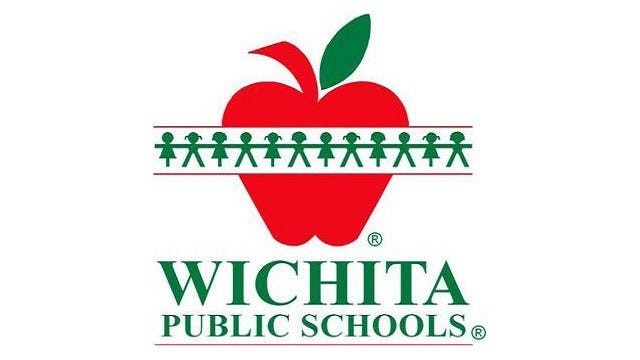A Legislative Post Audit of the at-risk spending by school districts in the state of Kansas found that most at-risk spending in the state goes to pay for teacher salaries and general classroom instruction. The result is that spending does not end up going to help those students.
At-risk students are identified by schools by children who qualify for free lunches in schools. However, according to the audit, that funding is not required to be tied to actual services provided to those students.
As a result as the audit notes, “Most spending was used for teachers and programs for all students and did not appear to specifically address at-risk students as required by state law”
91% of at-risk spending is spent on teachers and paraprofessionals. According to the LPA audit, “19 out of the 20 districts audited used at-risk funds to pay for classroom teachers, ranging from math and English to electives like choir and band.”
Kansas State Representative Kristey Williams (R-Augusta) is on the Legislative Post Audit Committee. According to Williams, the audit was the result of wanting to better understand evidence-based programs and practices.
“We never really got a picture of what that was and sure enough, the audit expressed the same kind of frustration that there are many practices that really aren’t evidence-based,” says Williams.
State statute requires that this targeted funding “is meant to provide at-risk students with additional educational opportunities and services to meet state educational outcomes.”
But school districts are not spending the money on targeted benefits for those students that are “above and beyond” regular education efforts. Instead, the money is going to pay classroom salaries in proportion to the number of at-risk students. As noted in the LPA, “if a school has 30% of students identified as at-risk, then 30% of classroom teacher salaries may be paid with at-risk funds.”
School districts pushed back, responding that in-class assessments are business as usual and the best way to help those students. But of the in-class programs used by the districts, only one third are specifically designed for at-risk students. The rest of the programs noted for use with those students are also used in general education. Only 3 of the 29 at-risk programs in the state were proven to be effective.
Overall, many districts noted that they used the extra funding to pay for smaller class sizes. However as the study noted, “that practices only have limited success according to several studies.”
The audit found that most at-risk practices in the state did not target students and were not evidence-based. Most of the approved practices and programs are not related to the intended students at all and could be categorized as good practices or resources for teachers in general. Notably, KSDE could not produce research to show that the approved items were evidenced-based.
Districts responded to the audit noting that many districts spend more on at-risk programs than what they receive, but Williams says that since there is no accountability for how schools spend the money, the claim of overspending is irrelevant.
“I kind of feel like that’s irrelevant and can be unsubstantiated given what they spent their money on. If you can spend it on anything, almost, then, I guess I can say I spent 20% more if I can put teacher salaries in there,” says Williams.


